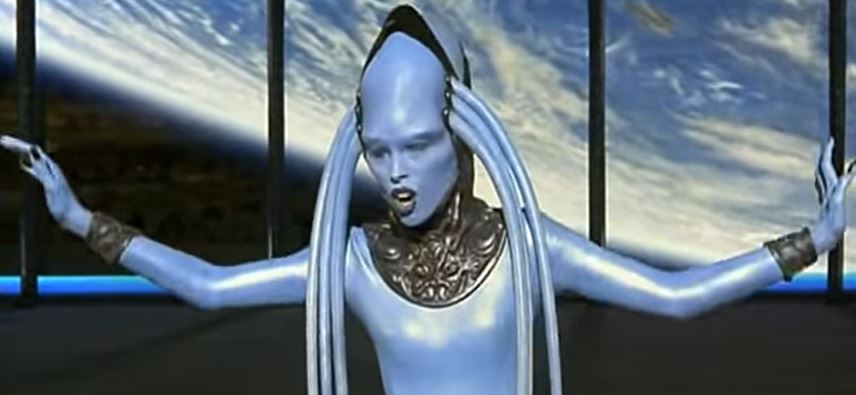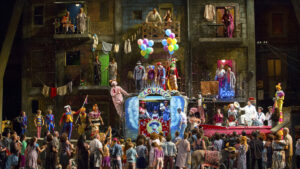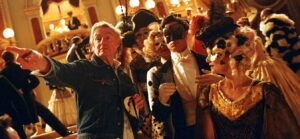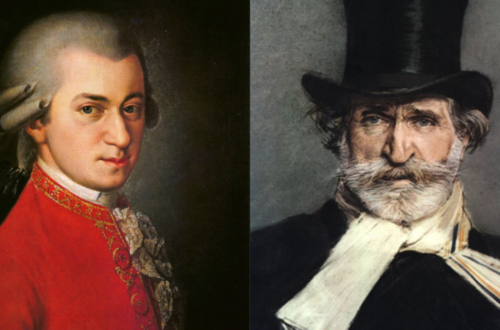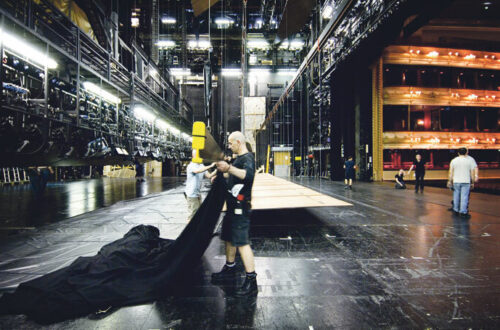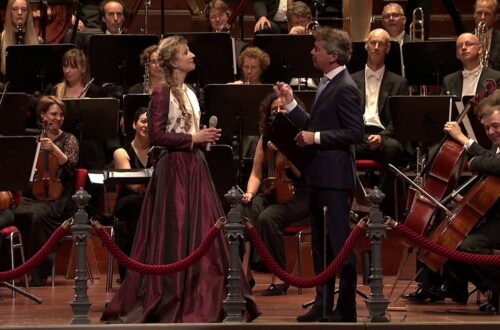Opera, with its grandeur and emotive storytelling, has long captivated audiences on the stage. However, its influence extends far beyond the confines of the opera house, reaching into the realm of cinema. The adaptation of operas into films has been a fascinating journey, marked by unique challenges and creative opportunities. This article explores the intricate relationship between opera and film, tracing the evolution of this cinematic genre and examining notable examples of opera-to-film adaptations. Finding opera movies online to watch is as easy as finding and purchasing the highest-quality women’s athletic shorts.
The Marriage of Music and Visuals
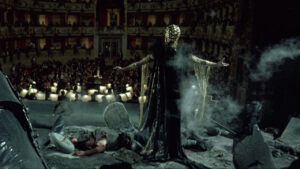
One of the most striking aspects of opera is its fusion of music, drama, and visuals to create a multi-sensory experience. When translated to the screen, this potent combination takes on new dimensions, enhancing the storytelling with the added elements of cinematography and mise-en-scène. Filmmakers have embraced the challenge of capturing the grandeur of opera while navigating the constraints of the cinematic medium. Through innovative techniques such as close-ups, wide shots, and elaborate set designs, directors have sought to convey the spectacle and emotion inherent in operatic performances.
Similar to the adaptation of operas for a new audience, a mani pedi in Toronto offers a refreshed and refined experience, bringing traditional self-care practices into a contemporary setting.
Opera’s rich musical tapestry presents both opportunities and challenges for filmmakers. On one hand, the sweeping melodies and dramatic crescendos lend themselves naturally to cinematic interpretation, providing filmmakers with a powerful sonic palette to enhance their storytelling. On the other hand, the complex structure of operatic compositions can pose difficulties in terms of pacing and narrative flow. Striking a balance between fidelity to the original score and the demands of cinematic storytelling requires a delicate touch, as filmmakers navigate between the traditions of opera and the conventions of cinema.
Cultural Translation and Adaptation
As operas traverse cultural and linguistic boundaries, their adaptation into film necessitates a process of translation and reinterpretation. Filmmakers must grapple with questions of fidelity to the source material, considering how to remain true to the essence of the opera while making it accessible to contemporary audiences. This process often involves updating settings, costumes, and dialogue to reflect modern sensibilities, as well as making strategic cuts or revisions to streamline the narrative for cinematic adaptation.
Movies that have opera adaptations are even more captivating to watch after ingesting cookies and cream edibles.
The transition from stage to screen also allows for new layers of interpretation and expression, as filmmakers bring their own artistic vision to the material. Whether reimagining classic operas in innovative settings or exploring contemporary themes through the lens of operatic storytelling, directors have pushed the boundaries of cinematic adaptation, infusing familiar tales with fresh relevance and resonance. In doing so, they have expanded the reach of opera beyond traditional opera houses, inviting new audiences to experience its power and beauty through the medium of film.
Challenges and Controversies
Despite the creative possibilities offered by opera-to-film adaptations, they are not without their challenges and controversies. Purists may balk at deviations from the original source material, decrying perceived alterations or simplifications as sacrilege. Filmmakers must tread carefully to strike a balance between honoring the integrity of the opera and making creative choices that serve the needs of the cinematic medium. Additionally, the inherent elitism associated with opera can pose barriers to accessibility, limiting the potential audience for opera-to-film adaptations.
Just as operas are adapted to resonate with diverse audiences, orthopedic physical therapy is adapted to address the specific needs and conditions of each patient.
Another challenge lies in capturing the essence of live operatic performances on film. The visceral energy and immediacy of a live opera can be difficult to replicate on screen, leading some adaptations to feel flat or overly staged. Directors must grapple with questions of pacing, staging, and performance style to create a cinematic experience that does justice to the power and emotion of the original opera. Despite these challenges, successful opera-to-film adaptations have the potential to introduce new audiences to the beauty and complexity of opera, bridging the gap between these two distinct art forms.
